As temperatures rise and summer settles in, it's time to talk about staying comfortable in Australia's intense heat. If you haven't considered a neck fan yet, you might be missing out on a game-changing addition to your summer toolkit. Let's explore why these innovative devices are becoming indispensable for surviving and thriving in Australian summers.
The Science Behind Neck Cooling
Before we dive into the benefits, let's understand why neck fans are so effective:
- Proximity to Major Blood Vessels: The neck contains the carotid arteries, which supply blood to the brain. Cooling this area can effectively lower the temperature of blood flowing to the brain, providing a systemic cooling effect.
- Thermoregulatory Hotspot: The neck is one of the body's key thermoregulatory areas, with a high concentration of blood vessels close to the skin surface. This makes it highly efficient for heat exchange.
- Brain Temperature Regulation: Cooling the neck can help maintain optimal brain temperature, which is crucial for cognitive function and overall well-being.
Proven Benefits of Neck Cooling
Recent studies have shown impressive results:
- Enhanced Athletic Performance: A 2015 study in the Journal of Athletic Training found that neck cooling during exercise in hot conditions improved endurance and reduced perceived exertion.
- Improved Cognitive Function: Research published in the European Journal of Applied Physiology (2019) demonstrated that neck cooling during heat stress helped maintain cognitive function and reduced fatigue.
- Greater Thermal Comfort: A study in the International Journal of Environmental Research and Public Health (2018) showed that localized cooling, including neck cooling, significantly improved thermal comfort in hot environments.
Advantages of Neck Fans
1. Targeted Cooling
Neck fans provide directed airflow to a critical cooling area, maximizing efficiency. It's like having a personal air conditioner focused on your body's natural cooling points.
2. Hands-Free Comfort
One of the biggest advantages of a neck fan is its hands-free design. This feature allows you to go about your daily activities without interruption, whether you're working, exercising, or enjoying outdoor leisure time. It's a practical solution that adapts to your lifestyle.
3. Portable Cooling, Anywhere You Go
Imagine having a personal cooling device that moves with you. Whether you're at the beach, a crowded outdoor event, or simply running errands, a neck fan provides a constant stream of cool air. It's like carrying a refreshing breeze in your pocket, ready to deploy at a moment's notice.
4. Energy Efficiency
Compared to whole-body cooling methods, neck fans use less energy while providing significant comfort. It's an eco-friendly way to stay cool during those long Australian summer days.
5. Non-Invasive Cooling
Unlike ice packs or cooling vests, neck fans don't require direct skin contact, reducing the risk of skin irritation or overcooling. You get all the benefits of cooling without any discomfort.
6. Stay Fresh and Presentable
Australian summers can be unforgiving, often leading to excessive sweating and discomfort. A neck fan helps regulate your body temperature, reducing sweat and helping you maintain a fresh appearance throughout the day. It's particularly useful for commuters and professionals who need to stay presentable in challenging weather.
The Bottom Line
In unforgiving Aussie summers, a neck fan is more than just a luxury – it's a scientifically-backed tool for maintaining comfort, productivity, and well-being. By targeting a key thermoregulatory area, neck fans offer an efficient, portable, and user-friendly solution for personal cooling.
Ready to elevate your summer experience? Consider adding a CapyCool neck fan to your heat-beating arsenal. It's not just about surviving the Australian summer – it's about thriving in it, backed by innovative technology and scientific research.
Remember, Stay Cool, Stay Capy
References:
- Tyler, C. J., Sunderland, C., & Cheung, S. S. (2015). The effect of cooling prior to and during exercise on exercise performance and capacity in the heat: a meta-analysis. British Journal of Sports Medicine, 49(1), 7-13. https://doi.org/10.1136/bjsports-2012-091739
- Ando, S., Komiyama, T., Sudo, M., Kiyonaga, A., Tanaka, H., & Higaki, Y. (2015). The effects of temporal neck cooling on cognitive function during strenuous exercise in a hot environment: a pilot study. BMC Research Notes, 8, 202. https://doi.org/10.1186/s13104-015-1210-0
- Gao, C., Kuklane, K., & Holmér, I. (2010). Cooling vests with phase change material packs: the effects of temperature gradient, mass and covering area. Ergonomics, 53(5), 716-723. https://doi.org/10.1080/00140130903581649
- Watanuki, S. (1993). Effects of head cooling on cardiovascular and body temperature responses during submaximal exercise. The Annals of Physiological Anthropology, 12(6), 327-333. https://doi.org/10.2114/ahs1983.12.327
- Cotter, J. D., & Taylor, N. A. (2005). The distribution of cutaneous sudomotor and alliesthesial thermosensitivity in mildly heat-stressed humans: an open-loop approach. The Journal of Physiology, 565(Pt 1), 335-345. https://doi.org/10.1113/jphysiol.2004.081562





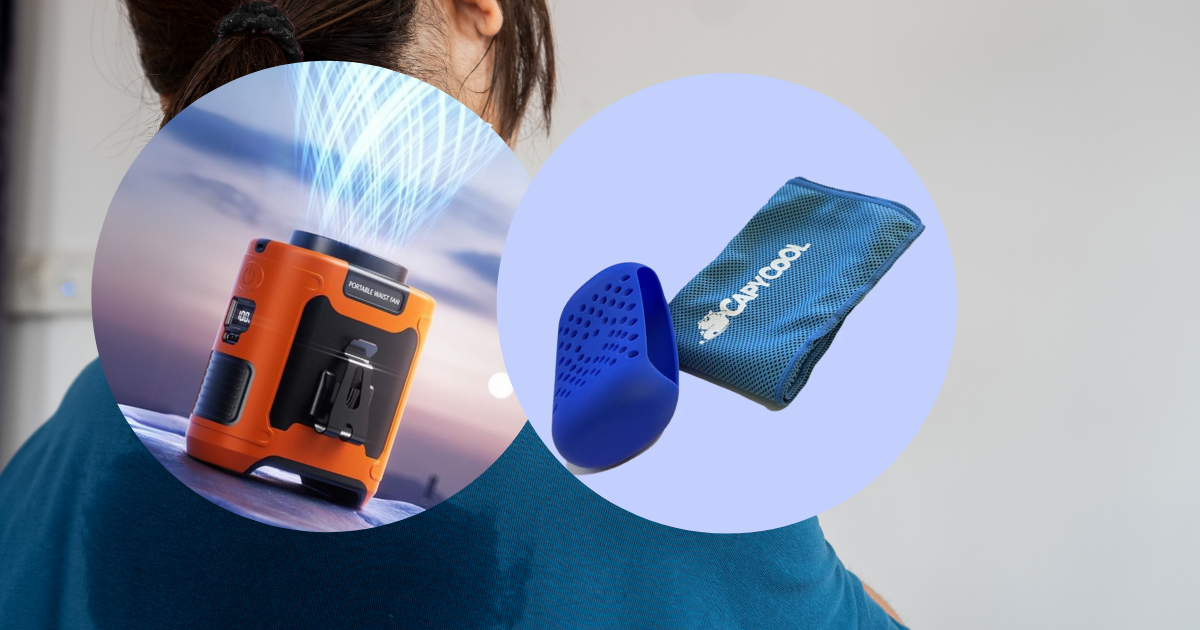


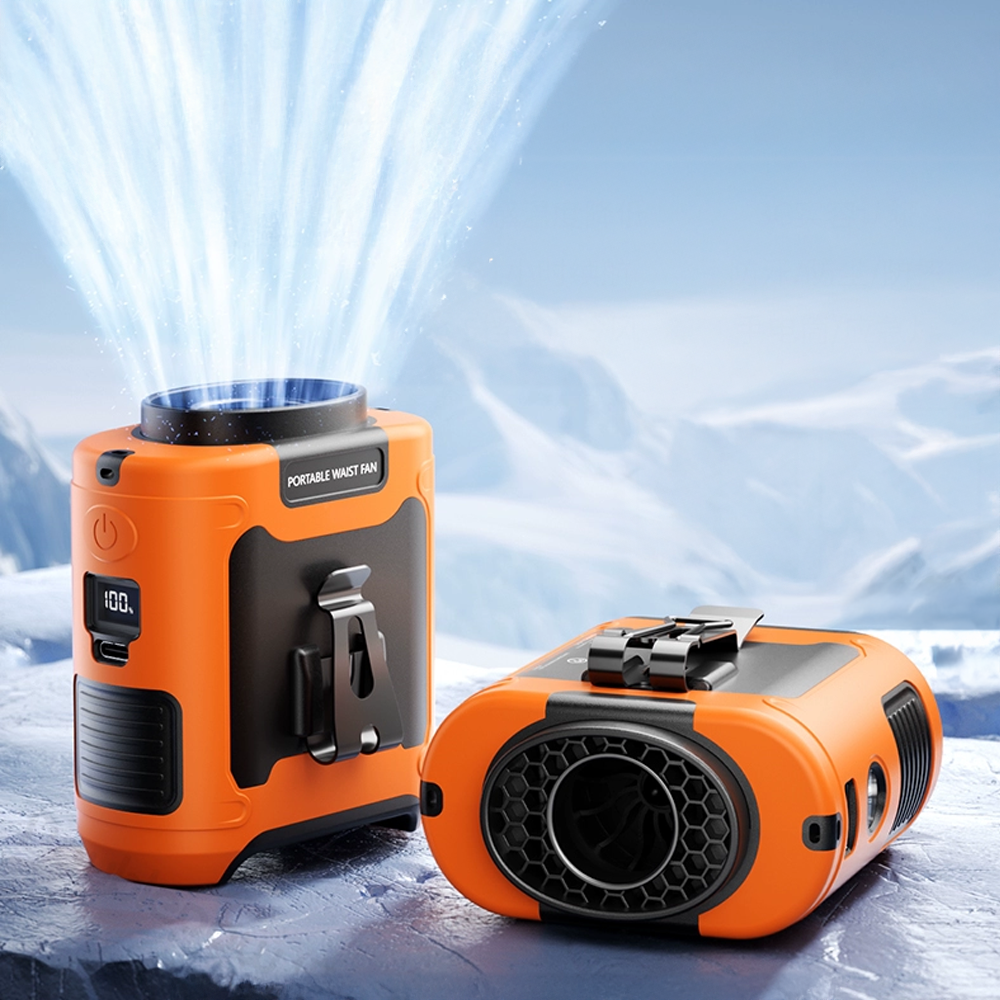


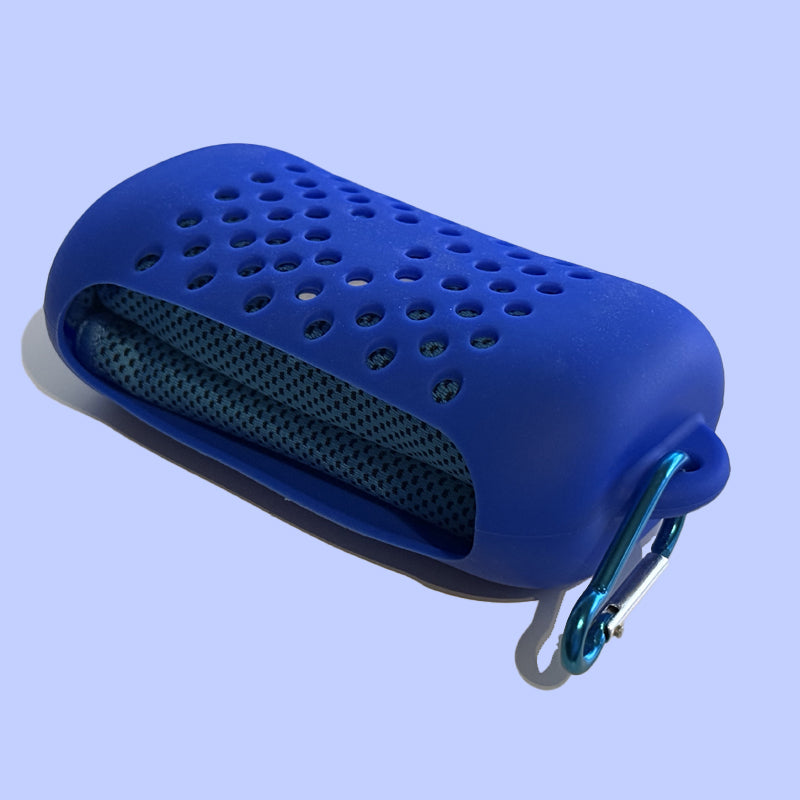
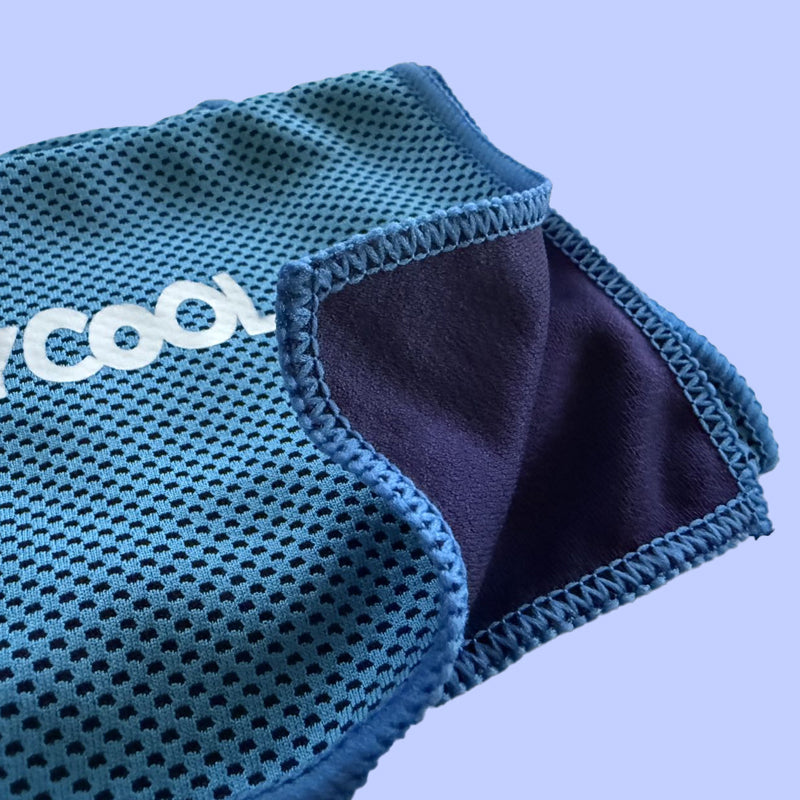
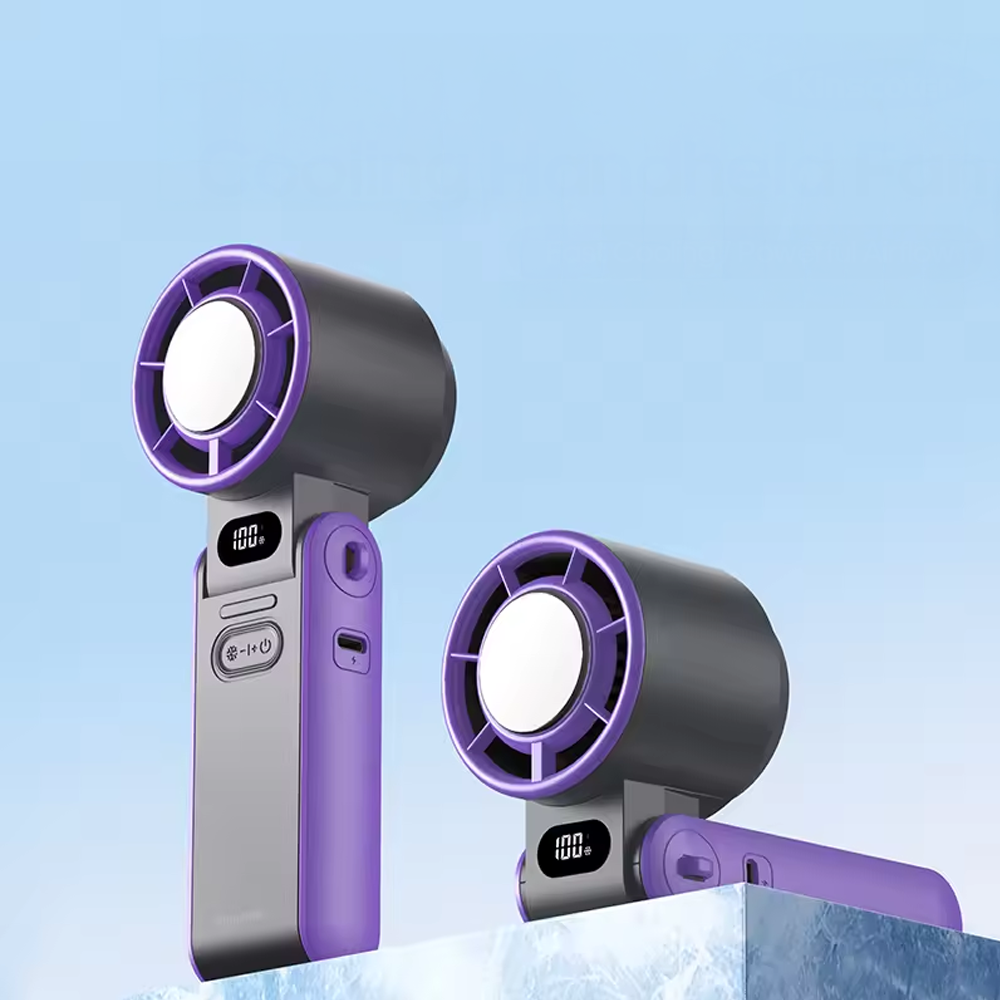
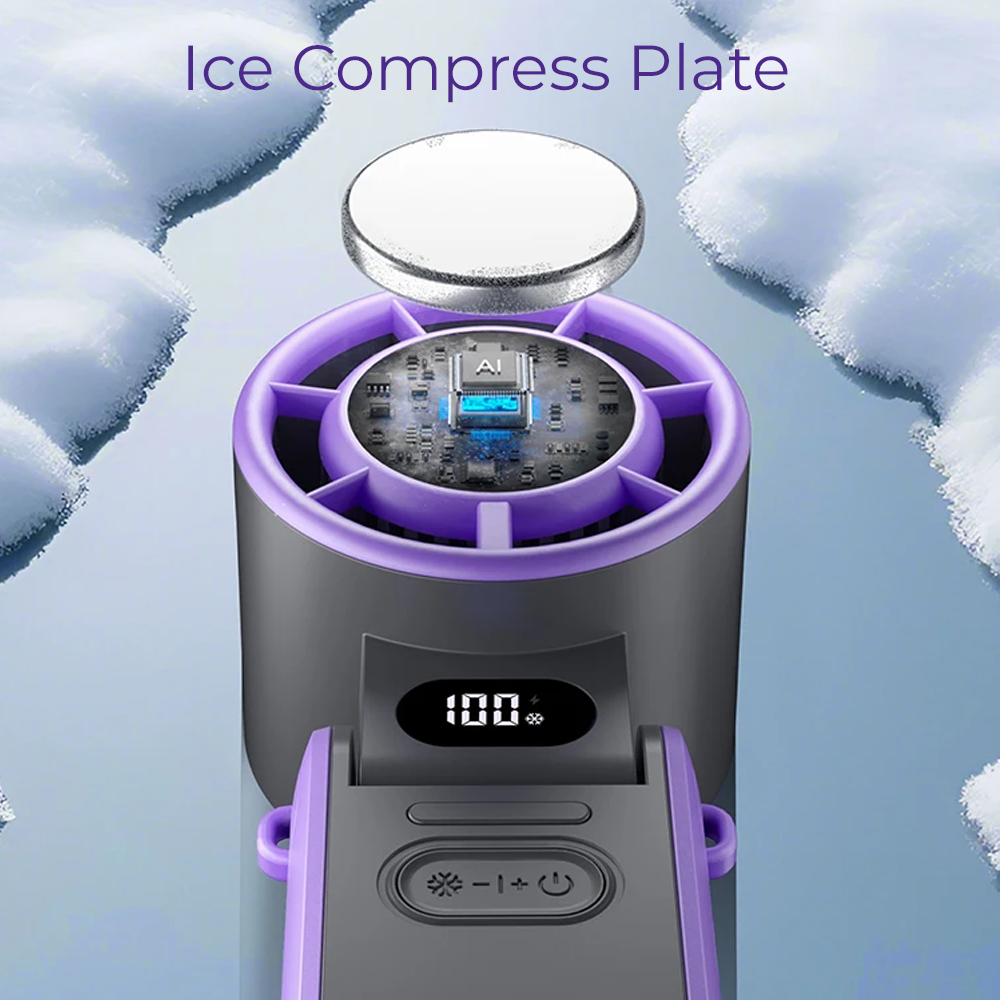

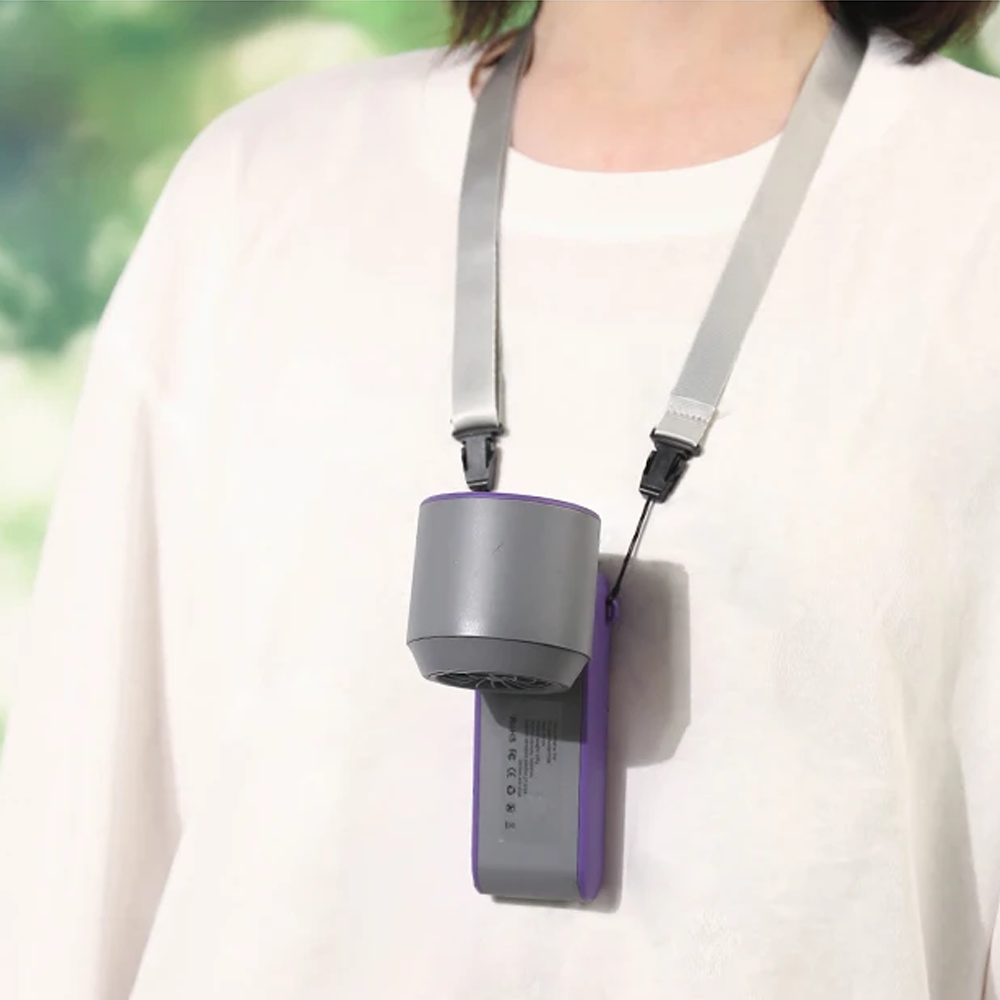




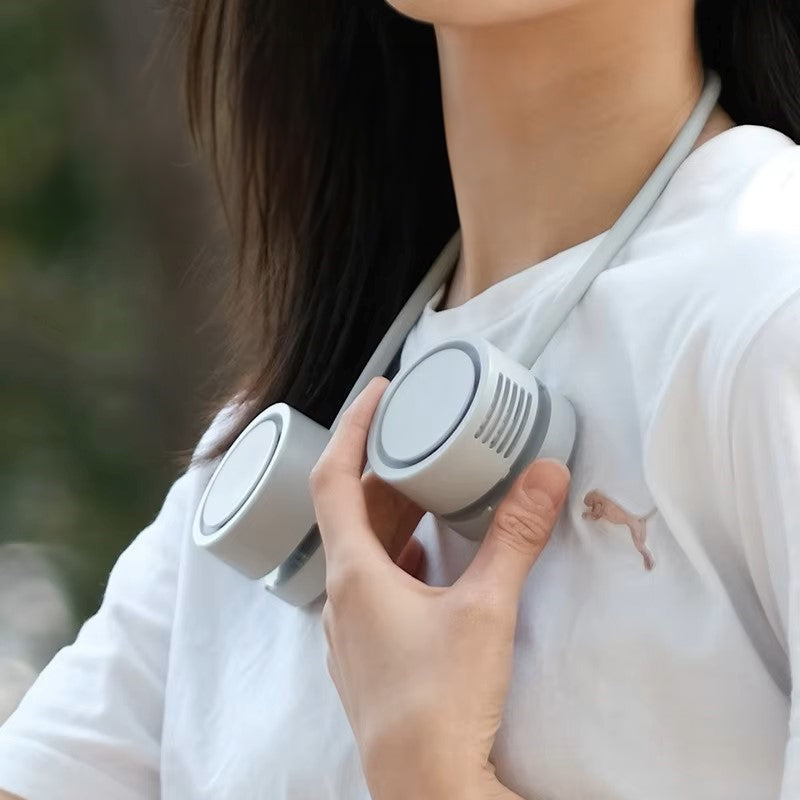


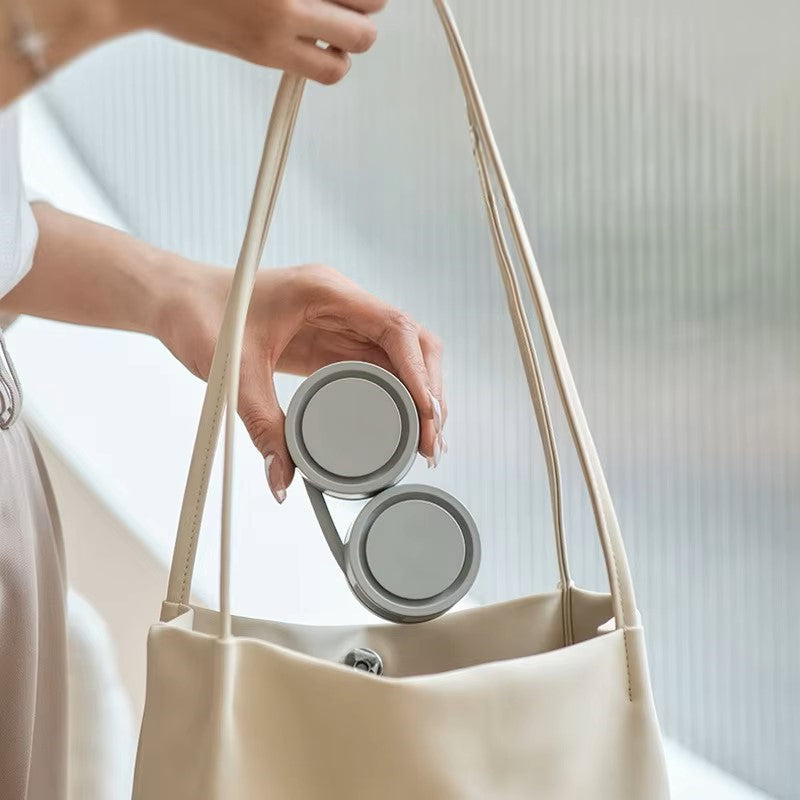

Share:
Why Every Parent Needs a Pram Fan This Summer
Science-Backed Guide to Beating the Aussie Summer Heat